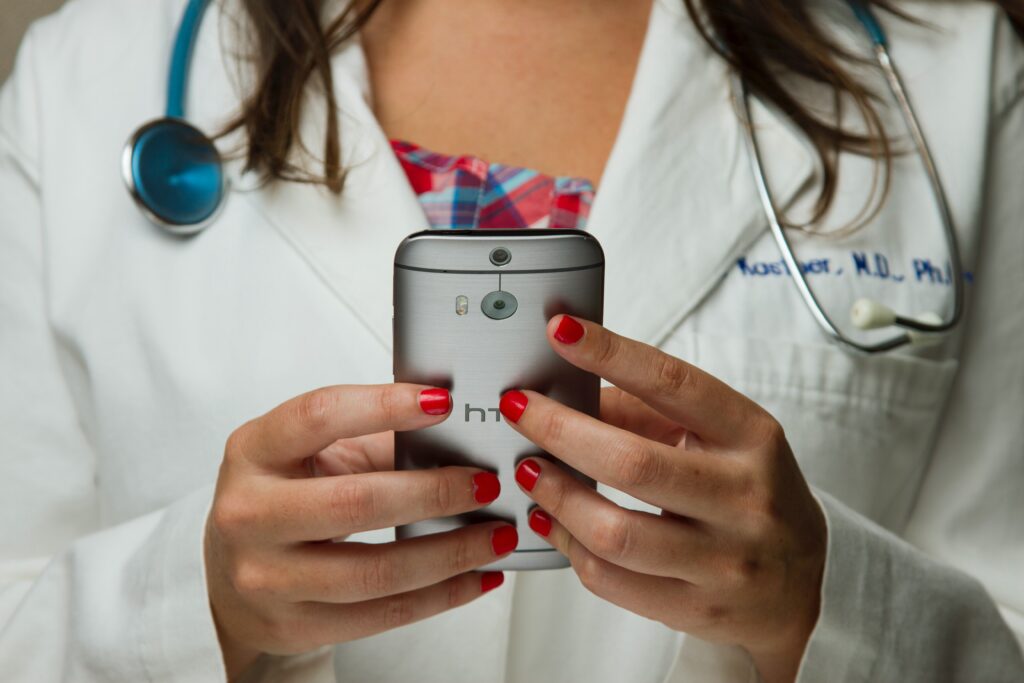The importance of data and the growing use of technology – such as wearables and other mobile devices and sensors that can collect and store individual health-related data – provides an opportunity to use and analyze this data to inform medical product development. The need for regulatory clarity for using this “real-world data” and “real-world evidence” for regulatory decision-making is reflected in recent legislative efforts.
In October, the Biotechnology Innovation Organization (BIO), along with regulators, academia, and other stakeholders, came together to discuss analytical methodologies to address unmeasured confounding in real-world evidence studies.
Here’s what we learned and the next steps.
What is real-world evidence?
The 2018 Framework for the Food and Drug Administration’s Real-World Evidence Program defined real-world data and real-world evidence as the following:
Real-world data (RWD): data relating to patient health status and/or the delivery of health care routinely collected from a variety of sources such as:
- Electronic health records (EHRs);
- Claims and billing activities;
- Product and disease registries;
- Patient-generated data, including in home-use settings; and,
- Data gathered from other sources that can inform on health status, such as mobile devices.
Real-world evidence (RWE): clinical evidence regarding the usage and potential benefits or risks of a medical product derived from analysis of real-world data.
Collecting this data can help inform medical product development. A recent FDA article highlights several examples of RWE used in regulatory decision-making and the increased reliance on RWD as the study design evolves from a randomized, interventional study to a nonrandomized, noninterventional study. With nonrandomized study designs, there is the threat of residual confounding, which may affect the assessment of the treatment. Hence, there is a need to evaluate confounded treatment effects and the subsequent need to understand the feasibility and applicability of various methodologies to address confounding. This was the focus of BIO’s recent workshop.
What are unmeasured confounders?
To put it simply, unmeasured confounders are sources of bias.
Unmeasured confounding occurs when you have an unmeasured variable that affects both the treatment and the outcome. Hence, you are unable to determine the sole effect of the treatment on the outcome.
For example, stress and other behaviors and characteristics can be unmeasured sources of bias.
Why are unmeasured confounders important?
To better understand why this issue is an important undertaking for BIO, there is a need to review the background and consider the recent legislative activity.
The 21st Century Cures Act of 2016 was designed to help accelerate medical product development and bring innovations and advances to patients who need them faster and more efficiently. As part of the 21st Century Cures Act, FDA developed a framework to evaluate potential uses of RWE, published in 2018, and drafted guidance documents for the industry.
In tandem with the 21st Century Cures Act, the Prescription Drug User Fee Act (PDUFA) VI agreement afforded FDA the opportunity to develop draft guidance, initiate pilot studies, and conduct methodology development projects to address concerns in using RWE.
Finally, the PDUFA VII agreement builds on the work of PDUFA VI and 21st Century Cures to improve the quality and acceptability of RWE-based approaches in support of new intended labeling claims, including approval of new indications of approved medical products or to satisfy post-approval study requirements.
In conjunction with the Advancing RWE Program outlined in PDUFA VII, there are PDUFA VII commitments focused on optimizing the Sentinel Initiative using negative controls, an approach to address unmeasured confounding, and for pregnancy safety and the use of real-world data and evidence for cell and gene therapy products.
On March 8, 2023, the Duke-Margolis Center for Health Policy also convened a workshop on how negative controls could support new methodological approaches for causal inference in the Sentinel System to fulfill a PDUFA VII Commitment.
The next steps on real-world evidence
BIO has been actively engaged in this space for some time. In 2019, we published a white paper on incorporating RWE within the label of an FDA-approved drug. BIO believes that well-designed and appropriately conducted observational and interventional RWE studies should be accepted as supporting or providing sufficient evidence for label expansion for an approved product.
BIO will now develop a white paper that will consider the analytical methods, discuss how they may be best leveraged in drug development, and inform regulatory decision-making and FDA guidance development.
Camelia Thompson, PhD, is senior director of science and regulatory affairs at the Biotechnology Innovation Organization (BIO). She was previously a senior advisor at the U.S. Food and Drug Administration (FDA).




